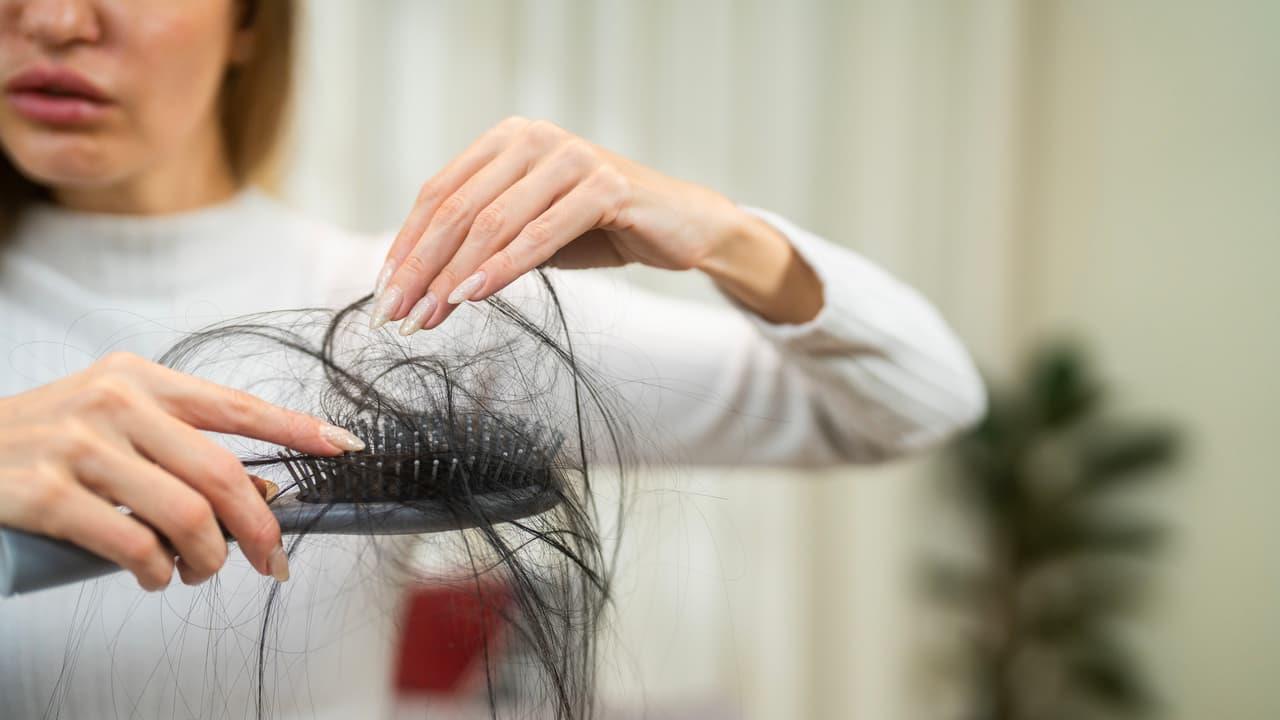
Harvard's Salt Discovery Turns Hair Waste Into Eco-Friendly Materials
Every year, industries such as meat processing and textiles produce billions of tons of waste in the form of hair, wool, and feathers. These materials are packed with keratin, the tough protein that gives structure to hair, skin, and nails. Until now, breaking keratin down into something useful has required harsh, polluting chemicals-making large-scale recycling nearly impossible.
But researchers at Harvard have uncovered a gentler solution hiding in plain sight: salt.
Cracking the Keratin Puzzle
A team led by Professor Kit Parker at the Harvard John A. Paulson School of Engineering and Applied Sciences discovered that salts like lithium bromide can unfold keratin in an unexpected way. Instead of directly attacking the protein, the salts actually change the behavior of the water surrounding it.
When the water molecules shift, keratin loses its rigid structure and unfolds naturally.“Making the water less like water allows the protein to unfold itself,” explained graduate researcher Yichong Wang, lead author of the study.
This surprising mechanism means keratin can be extracted and reused without relying on toxic chemicals. Even better, the process can be reversed, allowing the salt solution to be recycled as well.
From Hair Waste to New Materials
The implications are huge. With a cleaner way to recycle keratin, massive waste streams like chicken feathers, sheep wool, and even human hair could be transformed into valuable materials.
- Textiles: Sustainable alternatives to plastics in clothing and fabrics. Medical uses: Wound dressings and tissue engineering scaffolds. Everyday products: Eco-friendly gels, coatings, and biodegradable materials.
By rethinking something as simple as saltwater chemistry, the team may have opened the door to an entirely new biomaterials industry.
Science Behind the Breakthrough
To dig deeper, the team collaborated with Professor Eugene Shakhnovich and his group in Harvard's Department of Chemistry and Chemical Biology. Using molecular simulations, they discovered that lithium bromide creates two types of water:“normal” water and water trapped by salt ions.
As the balance shifts, keratin unfolds on its own. This insight not only explains the team's earlier puzzling lab results but also provides a blueprint for designing more sustainable protein recycling methods across many industries.
Toward a Greener Future
The work, published in Nature Communications, has the potential to cut pollution and reduce dependence on plastics. It also highlights the value of basic science in solving real-world problems.
“This research shows how a simple change in understanding can open up new paths for sustainability,” said Parker.
From the barbershop floor to poultry farms, materials once thought of as waste could soon be the building blocks of a greener future.
Legal Disclaimer:
MENAFN provides the
information “as is” without warranty of any kind. We do not accept
any responsibility or liability for the accuracy, content, images,
videos, licenses, completeness, legality, or reliability of the information
contained in this article. If you have any complaints or copyright
issues related to this article, kindly contact the provider above.


















Comments
No comment